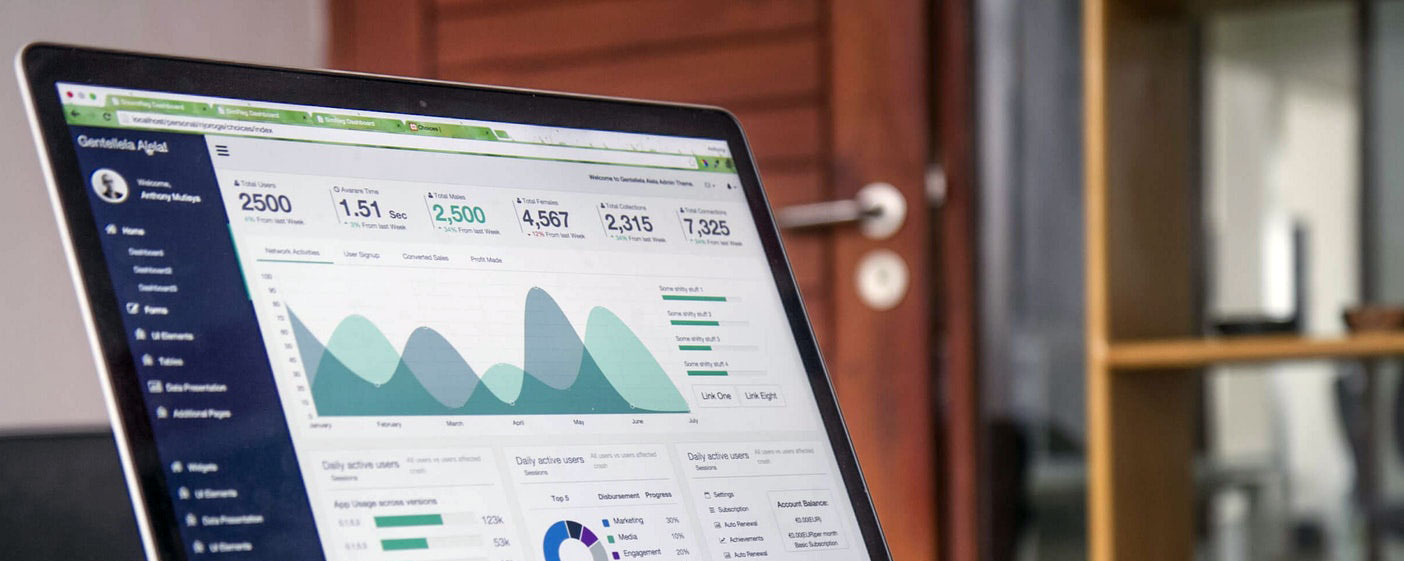
Mastering Crypto Safety: How the Trezor Hardware Wallet Secures Your Digital Assets
As digital currencies become more mainstream, the importance of securing your crypto assets cannot be overstated. While online wallets and exchanges offer convenience, they expose users to significant risks. For those who prioritize security and full ownership, the Trezor hardware wallet offers one of the safest ways to store cryptocurrency offline.
What Is a Trezor Hardware Wallet?
The Trezor hardware wallet is a small USB device that stores your cryptocurrency private keys offline. Developed by SatoshiLabs, it was the world’s first hardware wallet and continues to lead the market in cold storage technology.
It protects your funds from malware, phishing attacks, and keyloggers by isolating sensitive data on a physical device. Trezor is ideal for both beginners and experienced users looking for a secure and easy-to-use crypto storage solution.
Why Offline Storage Matters
When you keep your crypto on an exchange or in a hot wallet (one connected to the internet), your private keys can be exposed to hacking or third-party breaches. Once stolen, crypto transactions are irreversible, and recovery is almost impossible.
Cold wallets like Trezor completely isolate your private keys from online threats. Every transaction requires manual confirmation on the device itself, adding an extra layer of security that hot wallets can't offer.
Two Powerful Models: Trezor One and Trezor Model T
Trezor offers two devices catering to different user needs:
- Trezor One – Affordable and reliable, perfect for beginners.
- Trezor Model T – Advanced features, touchscreen display, and broader coin support for experienced users.
Both models are compatible with Trezor Suite, the official interface for secure wallet management and portfolio control.
Setting Up Trezor: Simple, Fast, and Secure
Getting started with the Trezor hardware wallet is a straightforward process. Simply:
- Connect the device to your computer.
- Visit the official setup page at Trezor.io/start.
- Follow the instructions to initialize your wallet, create a PIN, and write down your recovery seed.
Important: Your recovery seed is your last line of defense. Never store it digitally—write it down and keep it in a safe, offline place.
The Power of Trezor Suite
Managing your crypto is easy with Trezor Suite, the official application that lets you:
- Send and receive coins securely
- Monitor portfolio performance
- Swap between supported cryptocurrencies
- Access enhanced privacy features like Tor integration
It’s optimized for security and user experience, giving you complete control in one unified dashboard.
Middle Insight: Why Internal Security Habits Matter
Even the most secure device won’t help if users fall for phishing scams or store their recovery seeds insecurely. That’s why Trezor also provides ongoing education and updates through their website.
If you're unsure where to begin, the official Trezor.io/start page provides not only setup steps but also security best practices that every crypto user should follow.
Key Features That Set Trezor Apart
1. Open-Source Code
Unlike closed-source competitors, Trezor’s code is fully open to inspection. This transparency increases trust and allows the community to constantly verify and improve its security.
2. Wide Crypto Support
Trezor supports more than 1,200 coins and tokens including Bitcoin, Ethereum, BNB, Dogecoin, and ERC-20 tokens. It also works with third-party platforms like MetaMask for DeFi and NFTs.
3. Advanced Recovery Options
In addition to the standard 12/24-word recovery seed, you can enable an optional passphrase for extra security. This makes your wallet even more resistant to physical theft or tampering.
Trezor vs. Ledger: Which One Wins?
While both Ledger and Trezor are top-tier hardware wallets, Trezor is often preferred for its open-source firmware and cleaner interface. Ledger offers Bluetooth and secure elements, but Trezor keeps it simple and transparent.
In the end, the best wallet is the one that aligns with your priorities—whether it’s advanced features, open-source transparency, or touch-screen navigation.
Common Mistakes to Avoid with Hardware Wallets
Even with a secure wallet like Trezor, there are mistakes you must avoid:
- Storing your recovery seed online or in email
- Entering your seed on fake/phishing websites
- Using unofficial apps or firmware
Stick with the official Trezor platforms and regularly check Trezor.io/security for best practices and firmware updates.
Conclusion: Invest in Peace of Mind
In the world of cryptocurrency, where one mistake can cost you everything, the Trezor hardware wallet gives you peace of mind. Its unmatched combination of security, ease of use, and transparency makes it a clear choice for anyone serious about protecting their digital assets.
Whether you’re holding Bitcoin for the long term or actively trading altcoins, Trezor ensures that you—not an exchange or app—remain in full control of your wealth.
Frequently Asked Questions (FAQs)
1. Can I use Trezor on my phone?
Currently, Trezor works best with desktop systems. However, mobile integration is possible through certain apps and third-party wallets.
2. What if I lose my recovery seed?
If your recovery seed is lost, your wallet cannot be recovered. Always keep multiple copies in secure, offline locations.
3. Is Trezor suitable for NFT storage?
Yes, you can store NFTs securely by connecting your Trezor to platforms like MetaMask, which interact with NFT marketplaces.
Internal Links:
- Trezor.io/start – How to Get Started
- Trezor Suite – Portfolio Manager
- Security Tips for Trezor Users
External Link: Ledger.com/start – Explore Ledger Hardware Wallets
